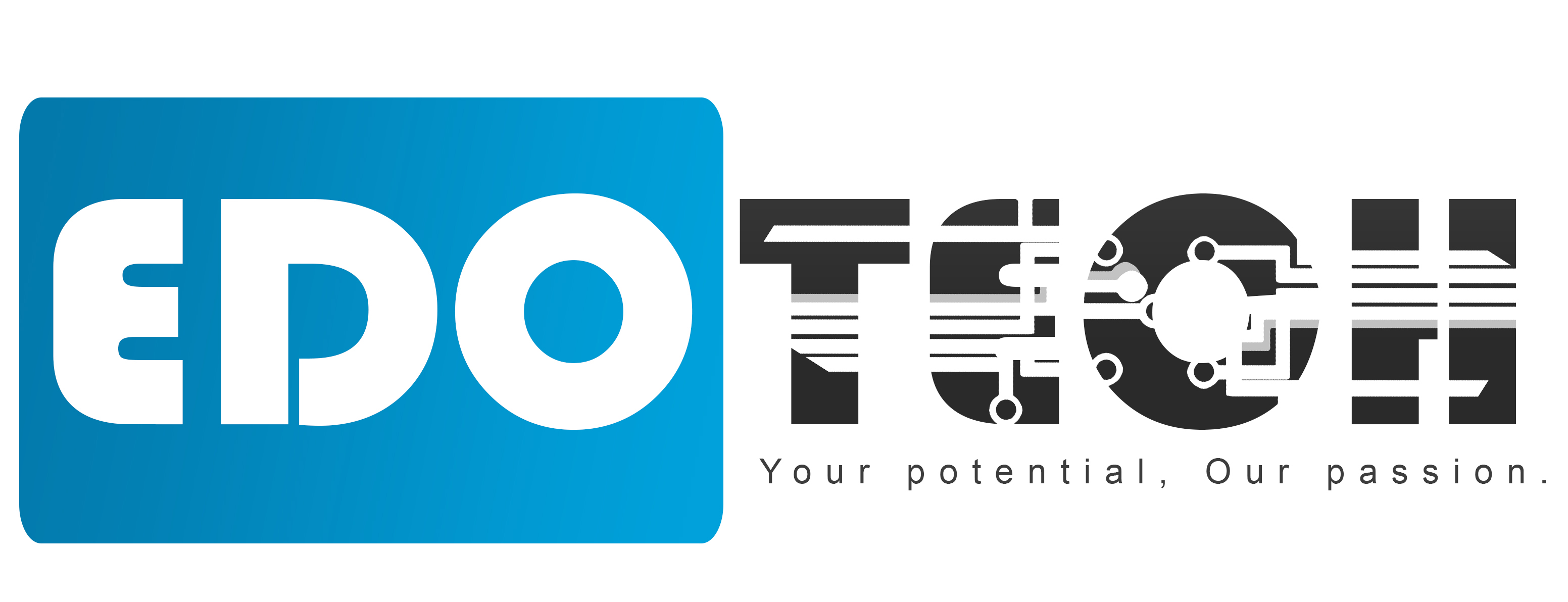
The days of a being a “starving artist” are over! Now more than ever graphic designers are in high demand thanks to social media. Social media has changed the way the we do business! Therefore learning social media marketing is becoming a necessary skill for designers to have. As social media becomes more profitable for businesses, they are also looking to hire more designers to help promote the brand. Infographics, icons, photographs, and illustrations are just some of the types of graphics you will see in a successful Twitter feed, Facebook timeline, and on Google+. What would social media be without the graphics? Social media has opened up a new door for graphic designers and for businesses. Below are some of the advantages and disadvantages that social media has for designers.
Great Benefits
As with anything dealing with social media, it is a quick and easy way to share information. This is no different for graphic designers. There is a plethora of sites out there where designers can create free portfolios, such as CreativeHotList.com, and show off their best talent. This information can then be tweeted, pined, or talked about in a Facebook post by the designer. Not only does this show what a person can do, but it also helps the designer build a brand and identity. Also with CreativeHotList, users can search and apply for creative jobs and link their resume and portfolio to their application. Not only does the designer benefit from this, but the employer as well. Employers can find the designer they with the style they are looking for.
2. Find clients and freelance!
Biggest Drawbacks
While every artist loves to get “inspired” by other design work, having your portfolio online can make you an easy target for your work to get stolen. It’s not hard to take someone’s artwork and copy it. I believe this keeps many people from using social media to display their portfolio online. It was recently reported by CBS news that countries like China, companies are actually employing people to create knock-offs so they can be sold cheaply. The best thing for a designer to do is to remember this and try to make it more difficult for someone to rip off your artwork. Always place a watermark over your design, only upload low-res images, and monitor your web traffic through tools like Google Analytics or Meltwater.
Social media can become addictive, and as I stated earlier, the biggest cost with using social media is that of your time. If the designer does not have a good balance between work life and their personal life, it can create a problem and may lead to less creativity. Social media requires a lot of attention to keep your site up-to-date and relative, so designers have to come up with a strategy that doesn’t drain them. Designers should utilize tools such as Buffer or Hootsuite to schedule posts / tweets ahead of time. Also set up a calendar that will allow you to plan out a campaign and remember to take time off from social media to keep from being burned out. If you are constantly working, you’ll be less inspired and that will not be good for you or your business.
Designers have to be prepared to meet the challenges of this new media. In order to stay relevant, designers will need to keep their portfolio updated, add new material, and be sure not to fall off the map. Just as with any website, a designer must keep their pages updated with fresh content, be flexible, and be willing to adjust their social media strategies to attract new business.
Competition is fierce! With social media it seems that everyone wants to be a designer and everyone is putting their name out there. There is a lot of “junk” in the mix and bad design is everywhere. It’s your job to stand out from the crowd and let your portfolio shine and let good design reign. Everyone knows a good design when they see it – and businesses will be willing to pay for it once they realize what kind of return it will result in their bottom line.
Share your ideas about Social media for graphic designers – all comments are welcome!

 WhatsApp us
WhatsApp us